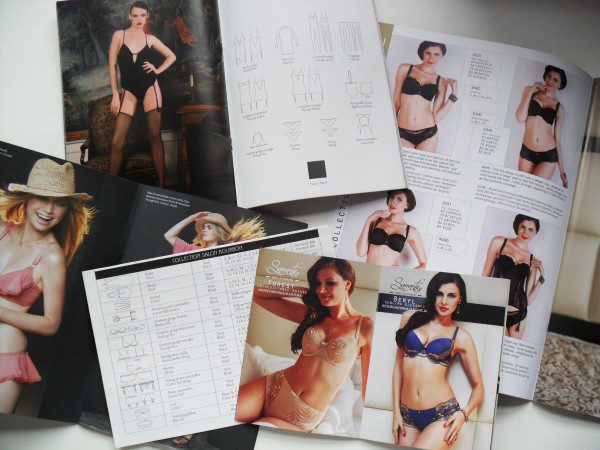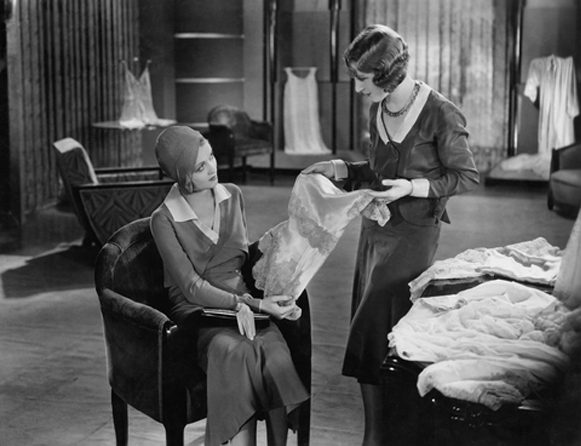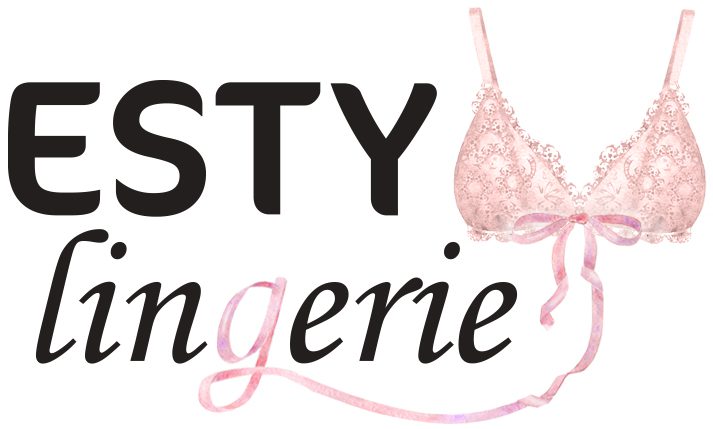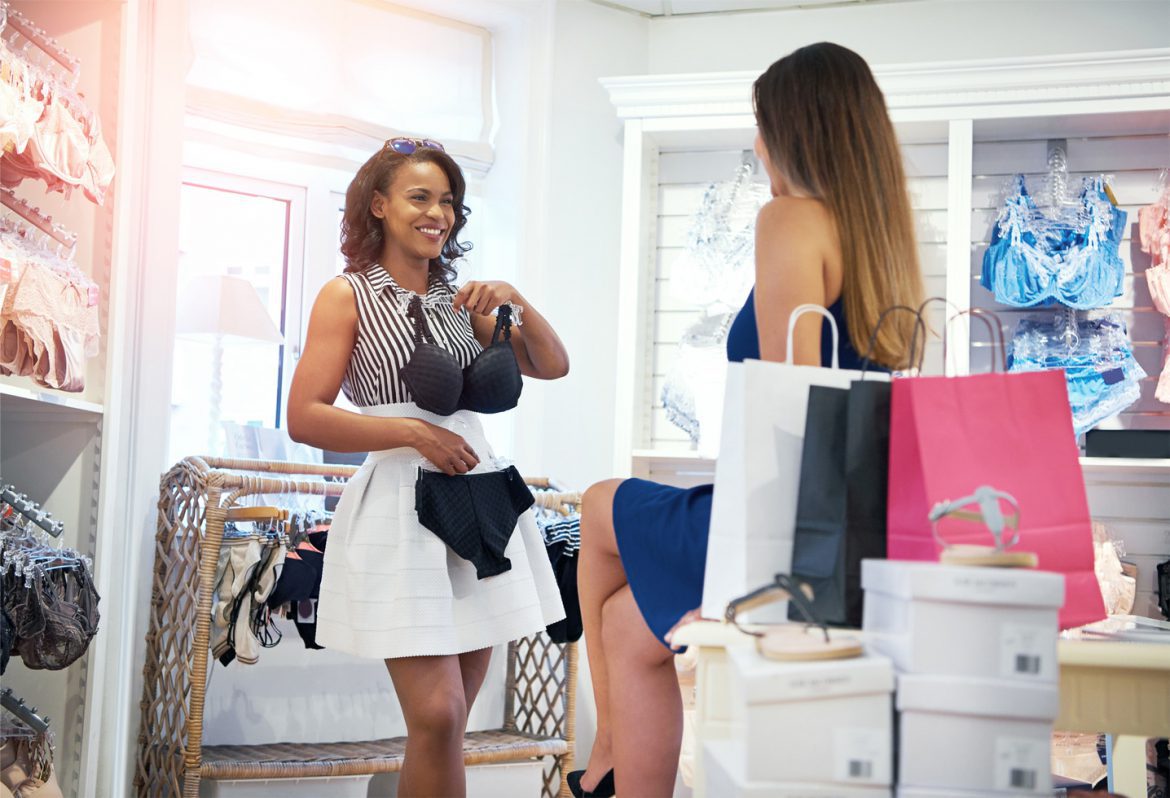Apologies if I get on my soapbox at any time, but the relationship with my suppliers is very important to me. I’ll explain why a little later but first, I’ll take you back, back to the beginning of my lovely little shop (queue wavy lines as we drift back in time)…
When choosing suppliers to stock, my husband pointed something out that was (for him, with regards to underwear) rather perceptive: Don’t stock anything that can be found in Debenhams. Not that Debenhams offer bad lingerie in any way, shape or form, but because they discount frequently, and with a Debenhams a 20 minute drive in any direction from here customers can easily get the same items cheaper elsewhere.
And so, for me, it was about supporting the little guys, the not found on the high-street guys, the new guys. That’s not to say I won’t stock big brands, I do, but generally speaking they are no longer found on the high-street.
I spent time at the MODA lingerie trade show (see my previous blog about choosing next season’s lingerie) talking to the suppliers and seeing what they were offering. When you go to choose your lingerie, you choose what you like the look of – as a retailer, me too! I spoke to the companies I met, I looked at and felt the underwear (I can’t stand underwear that isn’t soft to the touch!) and I asked to see it on models, to check the fit.
I also scaled the internet, checking out the different websites, seeing which underwear I liked the look of and what I would want to stock. And I went on a field trip – a day in London, where I mapped out underwear shops and paid them a visit, looking not only at the ranges they stocked but the lighting, the displays, the windows and how staff interacted with customers.

Lingerie catalogues
Then came market research, also known as girly nights in! Once I’d gathered brochures galore, I invited the girls around, and having a good variety of differently-sized and -aged friends, I set about asking them to go through the brochures to see what they would wear, how much they spend on underwear, whether it’s just essentials or if they like something fancier.
With this information to hand, I was able to make a selection of suppliers and see where/how I wanted to spend my money. I did this trying to ensure that I covered both large and small cup sizes, and both everyday basics and ‘something special’. Also, in my case, teen wear and corsets.
From this point on the relationship with the suppliers, or their reps, became very important. You see, customer service is very important to me, both the service that I give to my customers and also the customer service I receive from anyone. And I have dropped suppliers because of the service I have received.

Brands want friendly salespeople too, not just customers!
Whether it’s a sales rep is coming to visit in-store, or girls (and it normally is girls) I’m speaking to in their office, things like being friendly, remembering who I am (or pretending to) and trying to help when I ask the impossible (or letting me down gently when the answer is ‘no’) are beneficial. For someone who works alone all day, good relationships/interactions can really help.
I take into consideration that I am trying to sell their product, on their behalf. Okay, I get ‘paid’ for doing so, but I need a reason to sell one company’s product above another company’s, and the product itself isn’t enough. There are so many companies out there manufacturing beautiful lingerie at similar price points! Therefore, what the companies can offer me and how they interact with me has an impact.
As a small, independent boutique, I can’t physically stock all of the ranges/colourways that I would like to be able to. So I also like to work with companies that offer me the option of making one-off orders. Most suppliers levy a charge on order under a certain amount of items or a certain total cost, or charge a postage fee – which is fine, I understand that they need to make money too. But at least this gives me the option of offering customers more than I can stock.
Likewise, suppliers that hold stock of fashion ranges/colours rather than just continuity (available all the time) garments is a must for me – although with this, I appreciate that the fashion items are only available as long as they’re available, and I won’t have the same range of choice 3 months after they’ve gone on sale.
Point of sale is also very important, i.e. visual items that help me sell the product. Mini-brochures, posters, images to use on the website and social media, maybe bags, or specials to offer customer – these things help to entice people in, so I like it when a retailer can offer me them.
Now the funny part in all of this is ‘money’. The profit I make on any item isn’t what gets me to buy. Most lingerie suppliers work at roughly the same mark up. Some are slightly less, and some slightly more. But, when it comes down to it, it is the style, fit, materials and relationship that gets my business.
If you’re a boutique owner, what goes through your head when you’re deciding whether to take on a new supplier?
Kirsty, owner of Curvature Boutique.


0 comment
Excellent article written with professionalism and passion with an insight for customers.
Thanks Steve